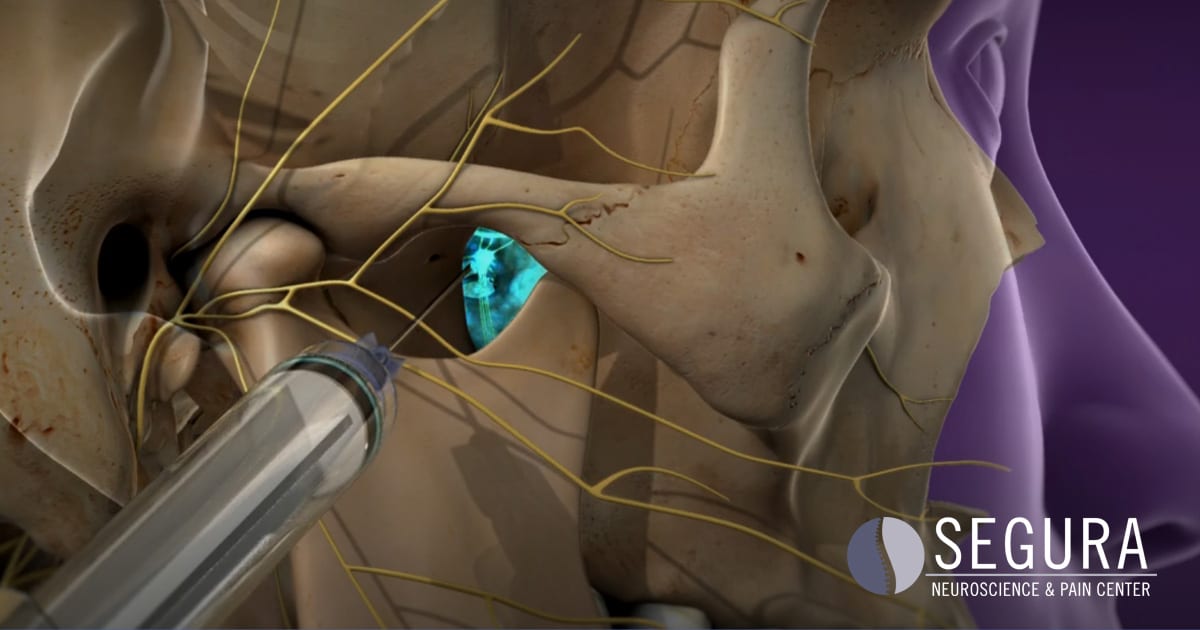A Sphenopalatine ganglion block, or SPG block, is a procedure that can help reduce or eliminate pain in the head and face through the use of a numbing injection to nerves in the face.
What is the Sphenopalatine Ganglion?
The Sphenopalatine Ganglion (SPG) is a nerve bundle that lies behind the nose, deep in the face. This bundle of nerves carries sensory information, including pain signals, from the brain and also plays a role in tear production and nasal congestion. Most pain in the face, eyes or jaw during a migraine can be linked to the SPG.
How does a sphenopalatine ganglion block work for migraines?
The SPG bundle links to the brain via the trigeminal nerve, which is the primary nerve responsible for headache pain. In this treatment, a dose of numbing medication is injected near the nerve. The anesthetic bathes the nerves and blocks pain signals transmitted to the SPG.
Who is a good candidate?
You may be a good candidate for sphenopalatine ganglion block if you have headache or facial pain that is not responding to other treatments. Patients who need relief from migraine pain while developing or starting a more permanent treatment plan may benefit from this procedure.
Other conditions which may be treated include:
What does the procedure entail?
There are a few methods of administering the SPG block injections, and the one used will depend on the patient and diagnosis.
What to expect after the procedure
Once the procedure is finished, your doctor may ask you to stay briefly for monitoring, usually no longer than 30 minutes. Some patients will see relief after the first treatment, but it may require several injections to see the full benefit. You may be asked to track your pain levels following the procedure to help target your overall treatment plan.

